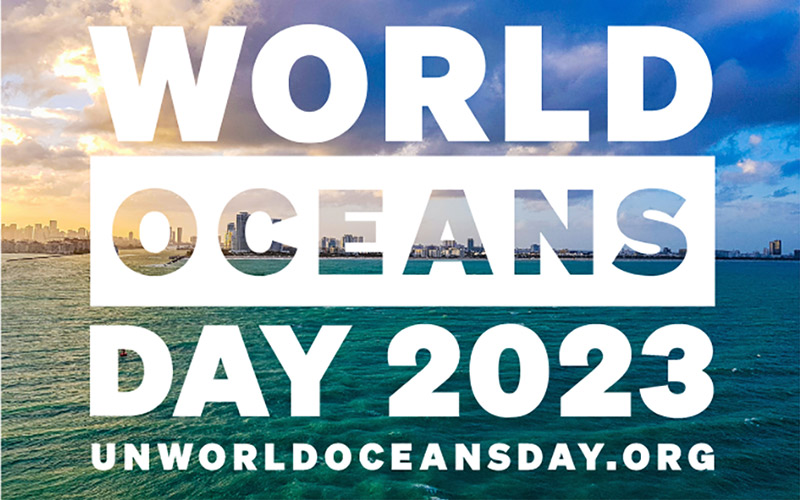
Planet ocean: articles to put the ocean centre stage on World Oceans Day
Turning the tide: celebrate World Oceans Day in your classroom with ocean articles spanning the breadth of STEM subjects, from biology to physics.

Wherever we live, we affect and are affected by the ocean. Track down escaped rubber ducks, raise mountains, and feel the Sun’s heat to learn more.
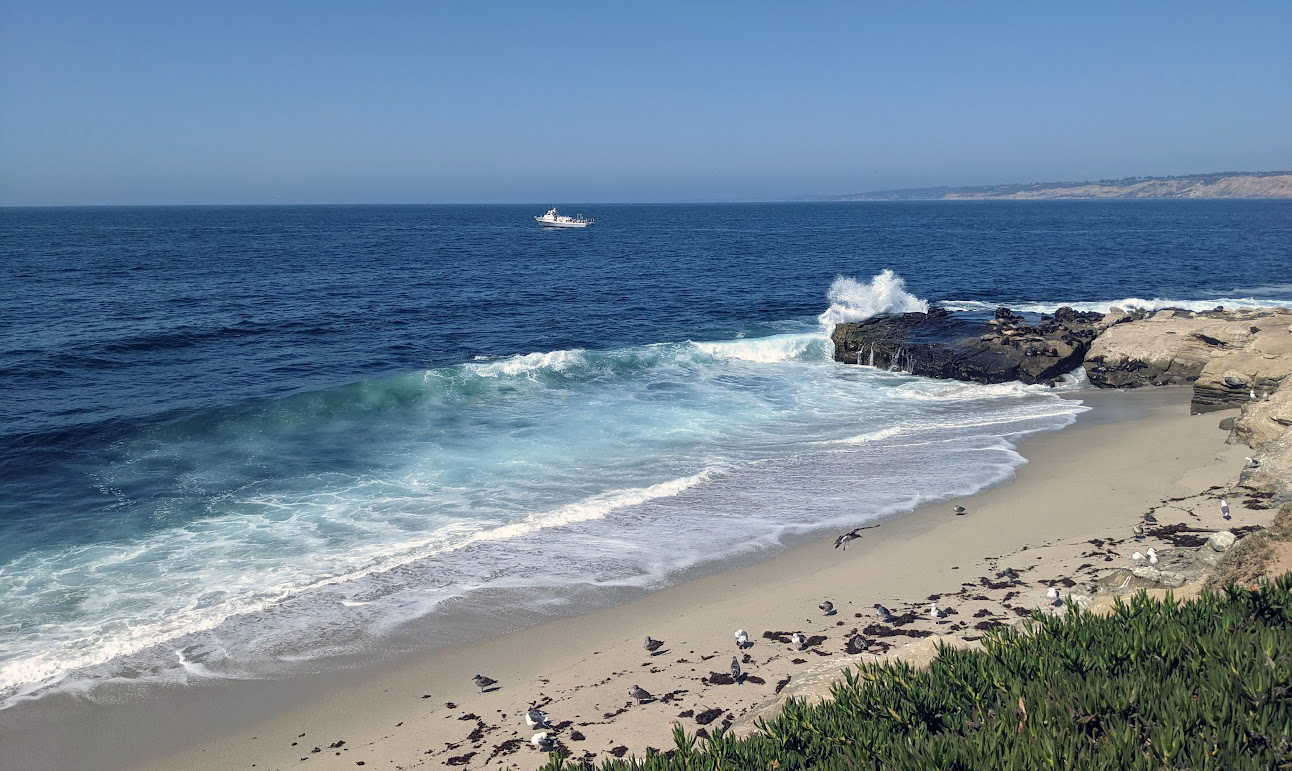
Since the early 2000s, a global movement for ocean literacy (OL) has been spreading. OL means an understanding of the ocean’s influence on you and your influence on the ocean.[1] So, why should a Swiss master chocolatier, for example, care about the ocean? Wherever you live, you enjoy countless ecosystem services provided by the ocean. Going back to the master chocolatier in a land-locked country:
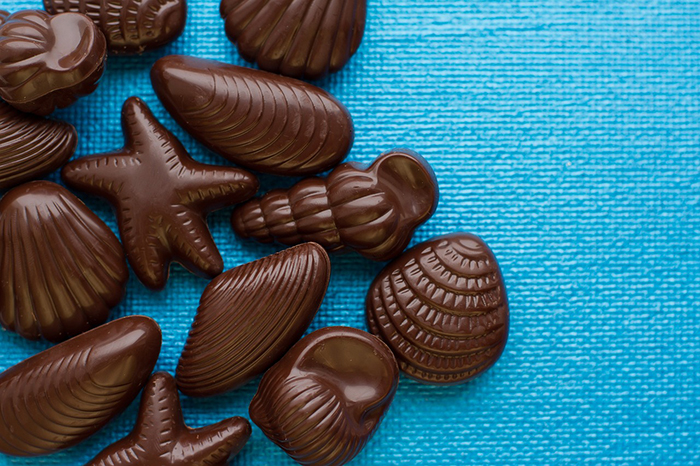
Moreover, the chocolatier’s lifestyle affects the ocean in many ways, for example, through CO2 production and its consequences: global warming, ocean acidification, sea level rises, etc.
The activities are organized following the seven OL principles,[1] which are the ABCs of the sea:
If you live in a coastal area, you can provide your students with teaching activities on the seashore, but what if you live far from the coast? No problem, you can bring the ocean into your classroom through the following cheap and simple classroom activities.
In this article, the first three OL principles are addressed.
OL principle 1 – the Earth has one big ocean with many features
This means that, despite the different names, there is only one water mass connected by ocean currents. You can address this topic with the activity lost at sea[2] based on the real case of nearly 29 000 rubber ducks being spilled into the Pacific Ocean from a ship in 1992, which were then used by oceanographers to study ocean currents. The toys, named Friendly Floatees, began to wash up on the coasts of many countries along the Pacific Ocean and, in the following 15 years, along the Atlantic coast of the USA and Scotland, and they were even found in the English Channel. This activity takes about 50 minutes.
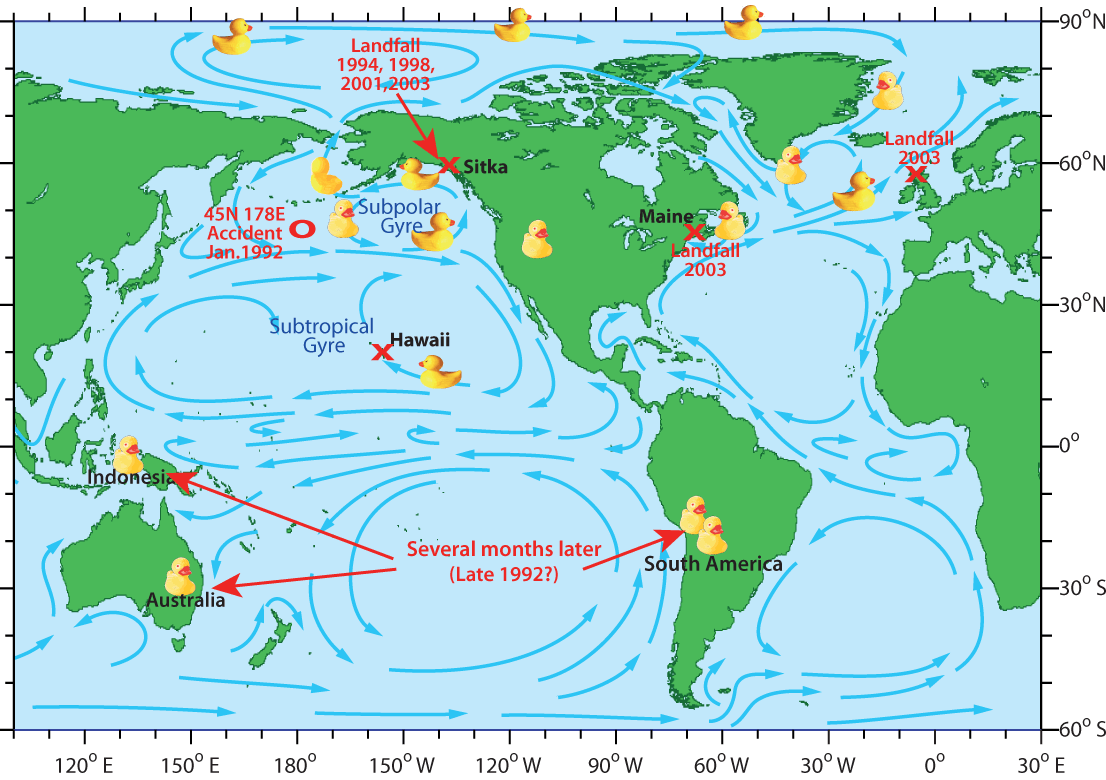
By taking advantage of a real case involving familiar toys, you can help your students visualize the Global Conveyor Belt, a (sea) current loop set in motion mainly by differences in water density (due to temperature and salinity) and by the action of winds. These ocean currents redistribute matter (including pollution) and energy (heat) in every part of the ocean: a drop of seawater literally travels around the world in 1000 years.
OL principle 2 – the ocean and life in the ocean shape the features of Earth
Most people are unaware that many of the familiar landscapes, such as mountains and hills, originally formed in the ocean as sedimentary rocks, which also produce soil through erosion and transportation. A simple modelling activity, the Himalayas in 30 seconds,[3] allows this million-years-long process to be visualized. This activity takes about 15 minutes.
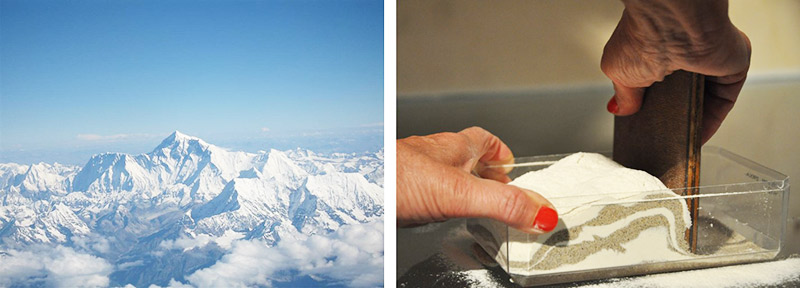
You can use this experience to introduce the topic of plate tectonics; in fact, mountain building (orogenesis) is linked to the convergent movement of lithospheric plates.
Another possible extension consists of having students perform an internet search to look for examples of marine sedimentary rocks (e.g., limestone or chalk) in the hills/mountains of their region. In the case of flat areas, they can explore the soil of their region: many soils originate from marine sedimentary rocks, like the chalky soil in south-eastern UK and the Mediterranean “terra rossa” famous for vineyards.
The lithosphere is the solid outer part of the Earth, including the crust and the brittle upper portion of the mantle. The lithosphere is divided into about a dozen major plates (plus some smaller ones) below the continents and ocean. The plates move over a ductile layer of the mantle called the asthenosphere at a speed of 1.8–20 cm per year (similar to nail or hair growth). The plate boundary types – convergent, divergent, or transform (moving horizontally past) – describe how the plates move relative to each other.
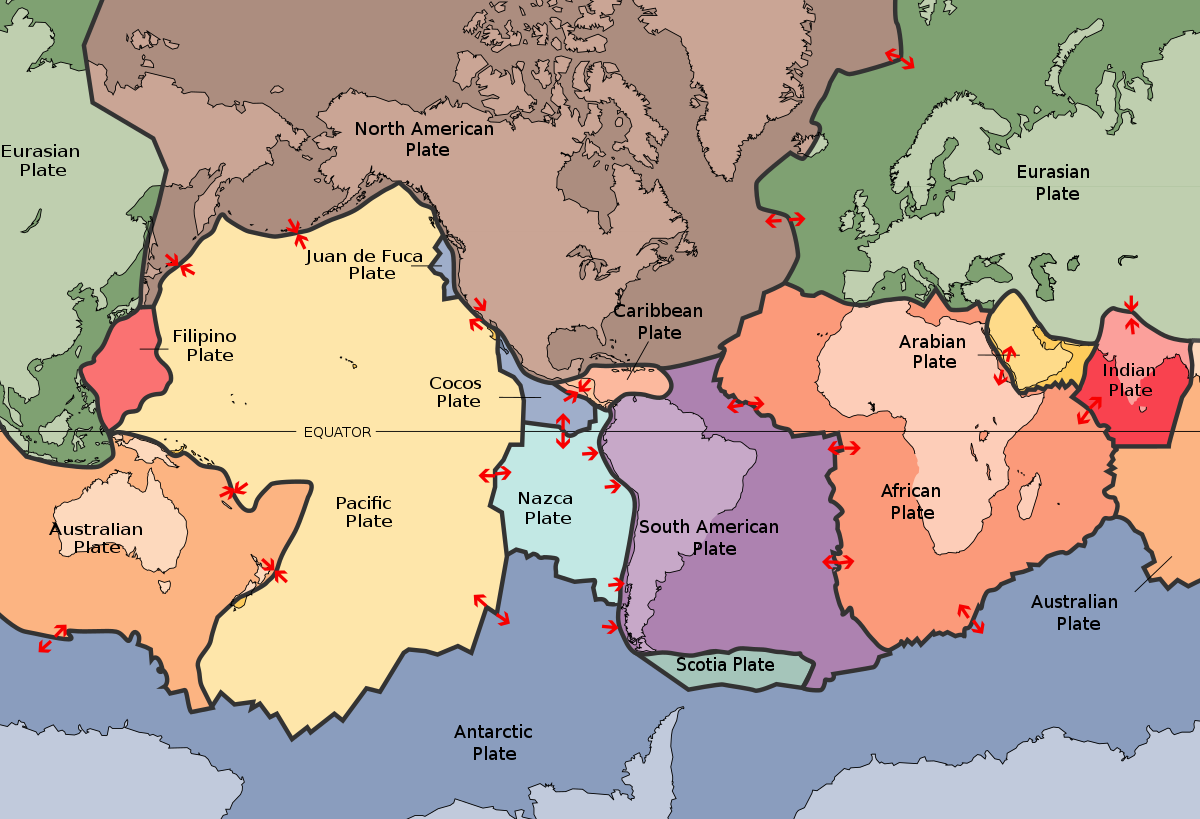
The convergent movement of plates leads to the building of a mountain range when at least one of the plates carries a continental mass. The plate margins collide and the continental lithosphere, which also contains marginal areas of marine layers, folds, creates faults, and rises in height.
These convergent areas are also characterized by earthquakes and, if one of the plates is made of oceanic lithosphere, by volcanic activity. Volcanism is due to the subduction (sinking) of the dense oceanic lithosphere into the mantle along the contact zone of the convergent plates and to the melting of the rocks above it, resulting in magma, which rises through the crust.
You can find further information online on the areas where orogenesis occurred and is occurring today.
OL principle 3 – the ocean is a major influence on weather and climate
Since the beginning of mass tourism, seaside resorts have been popular destinations due to their mild climate in all seasons. The Mediterranean coast alone attracts about 30% of the world’s tourists. Let’s explore the influence of the ocean on weather and climate by means of a simple model of sea and land made with household materials. This activity requires 15 minutes to prepare the equipment in advance and about 1 hour to run the activity (4×5 minutes for the temperature measurements; the rest for questions and comments).
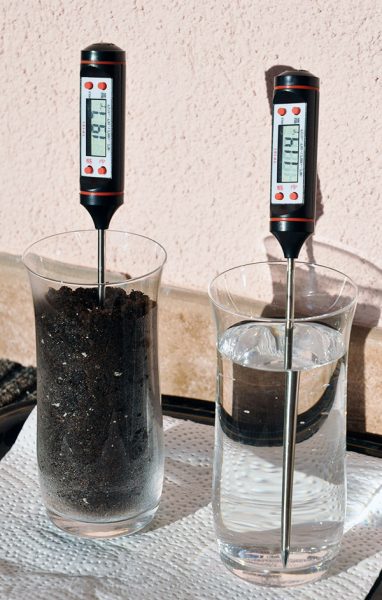
Students can deepen their understanding of the topic by studying real cases: the temperature of towns located at the same latitude but close to or far from the sea (e.g., Amsterdam and Berlin, Copenhagen and Moscow, or another couple in your country). You can find these data (minimum/maximum temperature per day, week, a whole year) on a weather-forecasting website with an archive section, such as https://www.woeurope.eu/.
Through these activities, we have explored some of the physical aspects of the ocean, but there is much more to discover by means of practical activities with your students, for instance, the role of the ocean in atmospheric oxygen production, ocean biodiversity and ecosystems, the human–ocean interaction, and ocean exploration. Don’t miss the second part of our journey through the OL principles in a later issue of Science in School.
The first two activities are based on activity worksheets from Earthlearningidea.[1,2]
[1] National Oceanic and Atmospheric Administration (2021) Ocean literacy: the essential principles and fundamental concepts of ocean sciences for learners of all ages. Version 3.1.
[2] The activity sheet for lost at sea: https://www.earthlearningidea.com/PDF/340_Friendly_floatees.pdf
[3] The activity sheet for the Himalayas in 30 seconds: https://www.earthlearningidea.com/PDF/Himalayas_in_30_seconds.pdf

Turning the tide: celebrate World Oceans Day in your classroom with ocean articles spanning the breadth of STEM subjects, from biology to physics.
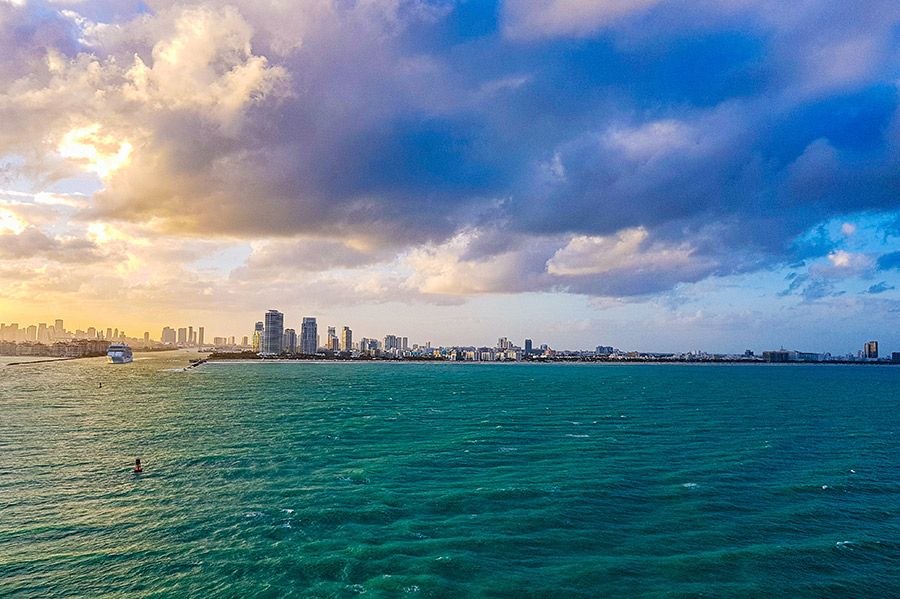
Did you know that carbon dioxide dissolves in bodies of water and affects the ocean? Explore the effect of carbon dioxide on ocean chemistry with…
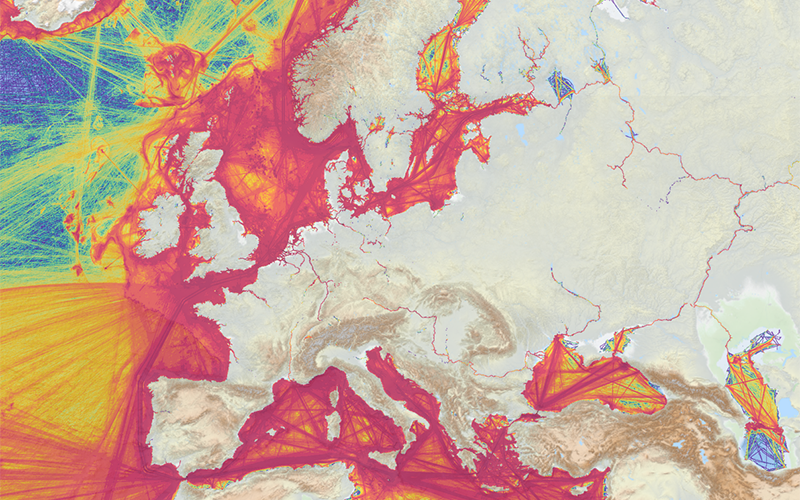
Looking for a user-friendly interactive map-based educational tool on the ocean? Dive into the European Atlas of the…